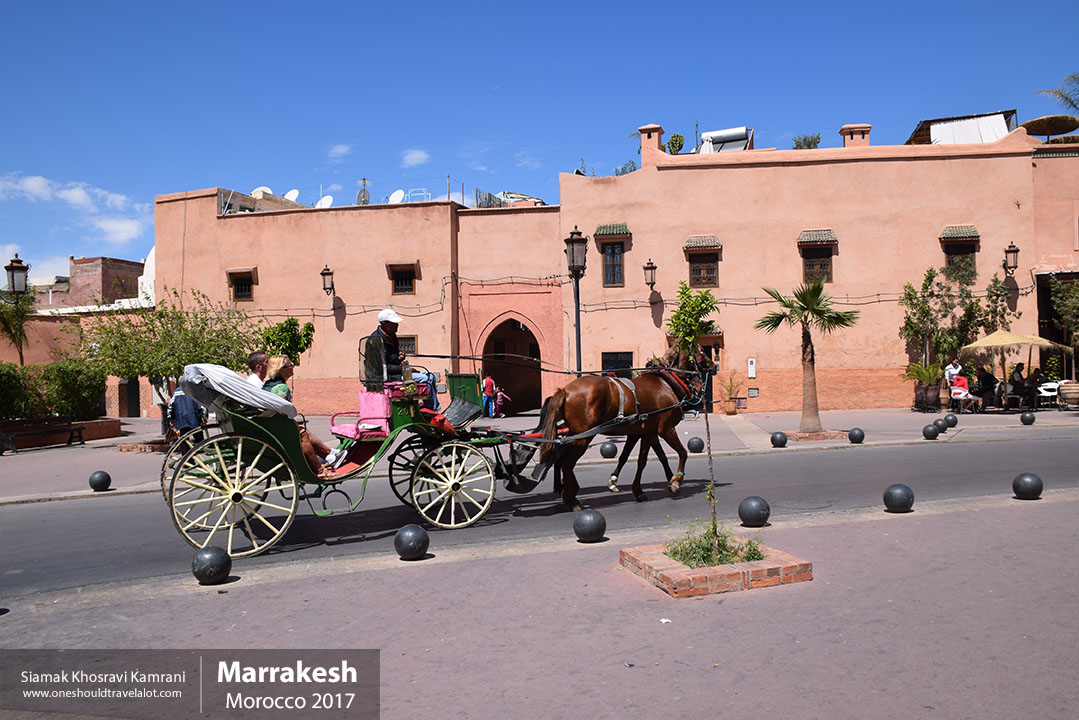Discovering the Udayas in Morocco: A Photographer’s Journey
Nestled on the Atlantic coast, Morocco’s capital city, Rabat, hides a gem known as the Kasbah of the Udayas. This ancient fortress, standing tall since the 12th century, is not just a historical marvel but a vibrant testament to Morocco’s rich tapestry of culture and tradition. As a photographer, exploring the Udayas feels like stepping into a different era, where every corner tells a story and every view captures the essence of Moroccan heritage.
First Impressions
Arriving in Rabat, the first thing that strikes you is the blend of old and new. Modern buildings and infrastructure juxtapose with ancient structures, creating a unique cityscape. The Udayas, perched on a hill overlooking the Bou Regreg River, immediately catches your eye with its imposing stone walls and the grand Bab Oudaia gate, an exquisite example of Almohad architecture. The air is filled with the scent of the sea and the distant hum of the city, setting the stage for an unforgettable photographic journey.
The Heart of the Kasbah
Walking through Bab Oudaia, you are transported into a labyrinth of narrow, winding streets, lined with white-washed houses adorned with vivid blue paint. This striking contrast against the clear blue sky creates an irresistible canvas for any photographer. The houses, with their intricate doors and windows, reflect the Andalusian influence, a reminder of the diverse cultural exchanges that have shaped Morocco over centuries.
Capturing the Culture and Customs
The Kasbah is not just a collection of beautiful buildings; it is alive with the rhythms of daily Moroccan life. Women in traditional djellabas stroll through the streets, carrying baskets filled with fresh produce from the market. Children play in the alleys, their laughter echoing off the walls. The locals are warm and welcoming, often inviting you for a cup of mint tea, a staple of Moroccan hospitality. This interaction provides a deeper understanding of the local customs and way of life, enriching your photographic narrative.
Exploring the Andalusian Gardens
One of the most serene spots within the Kasbah is the Andalusian Gardens. This lush oasis, with its fragrant orange trees, blooming flowers, and shaded pathways, offers a perfect retreat from the bustling streets. The gardens are meticulously maintained, reflecting the traditional Moorish landscaping style. As you wander through, camera in hand, you capture the tranquility and beauty of this hidden paradise. The interplay of light and shadow, the vibrant colors of the flora, and the gentle sound of birds create a symphony for the senses.
The Udayas Museum
Within the Kasbah, the Udayas Museum is a treasure trove of Moroccan art and history. Housed in a former palace, the museum showcases a stunning collection of jewelry, ceramics, and traditional garments. Each exhibit tells a story of Morocco’s rich cultural heritage, from the Berber tribes of the Atlas Mountains to the Arab dynasties. Photographing these artifacts requires a delicate balance of light and focus, aiming to capture their intricate details and historical significance.
The Panoramic Views
One of the highlights of visiting the Udayas is the panoramic view from the fortress walls. From here, you can see the Bou Regreg River flowing into the Atlantic Ocean, the modern city of Rabat on one side, and the ancient city of Salé on the other. This vantage point offers a perfect opportunity for capturing the dynamic contrast between old and new, nature and urbanization. The golden hues of the sunset reflecting off the water create a magical backdrop, making it a photographer’s dream.
The Vibrant Souks
No visit to a Moroccan city is complete without exploring the local souks, and the Udayas is no exception. The Kasbah’s souk is a bustling market filled with a plethora of goods, from colorful textiles and handmade pottery to aromatic spices and fresh produce. The energy here is palpable, with vendors calling out their wares and locals haggling for the best prices. Photographing the souk is a sensory experience, capturing the vibrant colors, the dynamic interactions, and the rich textures that define Moroccan markets.
Language and Ethnicities
Morocco is a melting pot of cultures, and this diversity is evident in the Udayas. The primary language spoken here is Darija, the Moroccan Arabic dialect, but you will also hear French, Berber languages, and even some Spanish. This linguistic diversity reflects Morocco’s complex history of Arab, Berber, and European influences. Engaging with the locals in their language, even if just a few words, opens doors to deeper connections and more authentic experiences.
Societal Conditions and Standard of Living
Rabat, as the capital city, enjoys a relatively high standard of living compared to other parts of Morocco. The Kasbah of the Udayas, while a historic site, is well-maintained and cared for. The residents here take pride in their heritage, and this is reflected in the cleanliness and preservation of their homes and public spaces. The government has made significant efforts to preserve the cultural heritage of the Udayas, balancing tourism with the needs of the local community.



